Electric vehicles are taking over the world
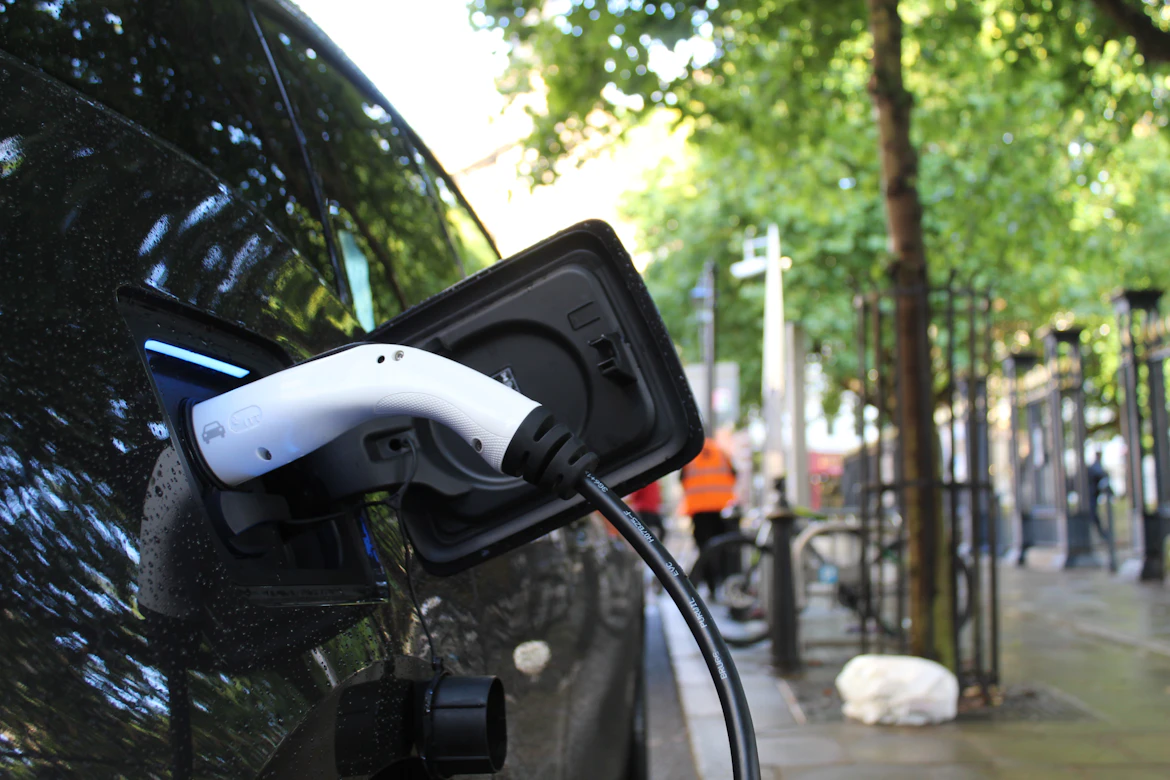
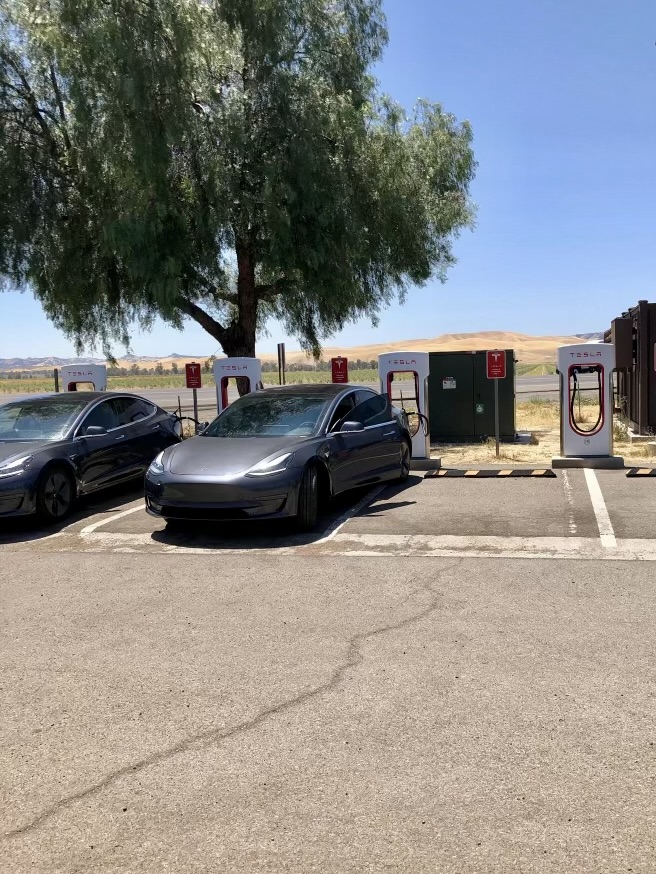
Lower battery costs are currently powering EV adoption, with ARK forecasting that electric vehicle sales could soar 33% at an annual rate during the next seven years. Interestingly, by 2030, EV sales could comprise 40% of new car sales, and by 2040 they could account for nearly all new car sales, according to Progressive.
“I chose an electric car over gas because it is a lot less maintenance since it has no engine…also because of the price of gas,” Cilka Isreal, a LosAl parent, said.
From 2017 to 2022 — only five years — EV sales jumped from about 1 million to more than 10 million, according to the IEA. Last year, Tesla, the largest EV company in the world, sold more than 1.8 million units in 2023.
The rise in sales can be traced to several benefits of electric vehicles. For instance, EVs are much better for the environment than gas-powered vehicles. On average, an electric vehicle produces about half the greenhouse gas emissions of an equivalent gas or diesel vehicle throughout its lifetime. Electric motors are energy efficient and can convert 2x the energy they burn into kinetic energy than an internal combustion engine.
Furthermore, EVs are quieter than gas-powered cars. Internal combustion engines are generally loud, whereas electric motors produce minimal sound while operating. Additionally, they are smoother and offer impressive acceleration and speeds due to the electrical motor. Because of the motor, they deliver peak torque instantaneously — zero waiting for build-up or transmission shift.
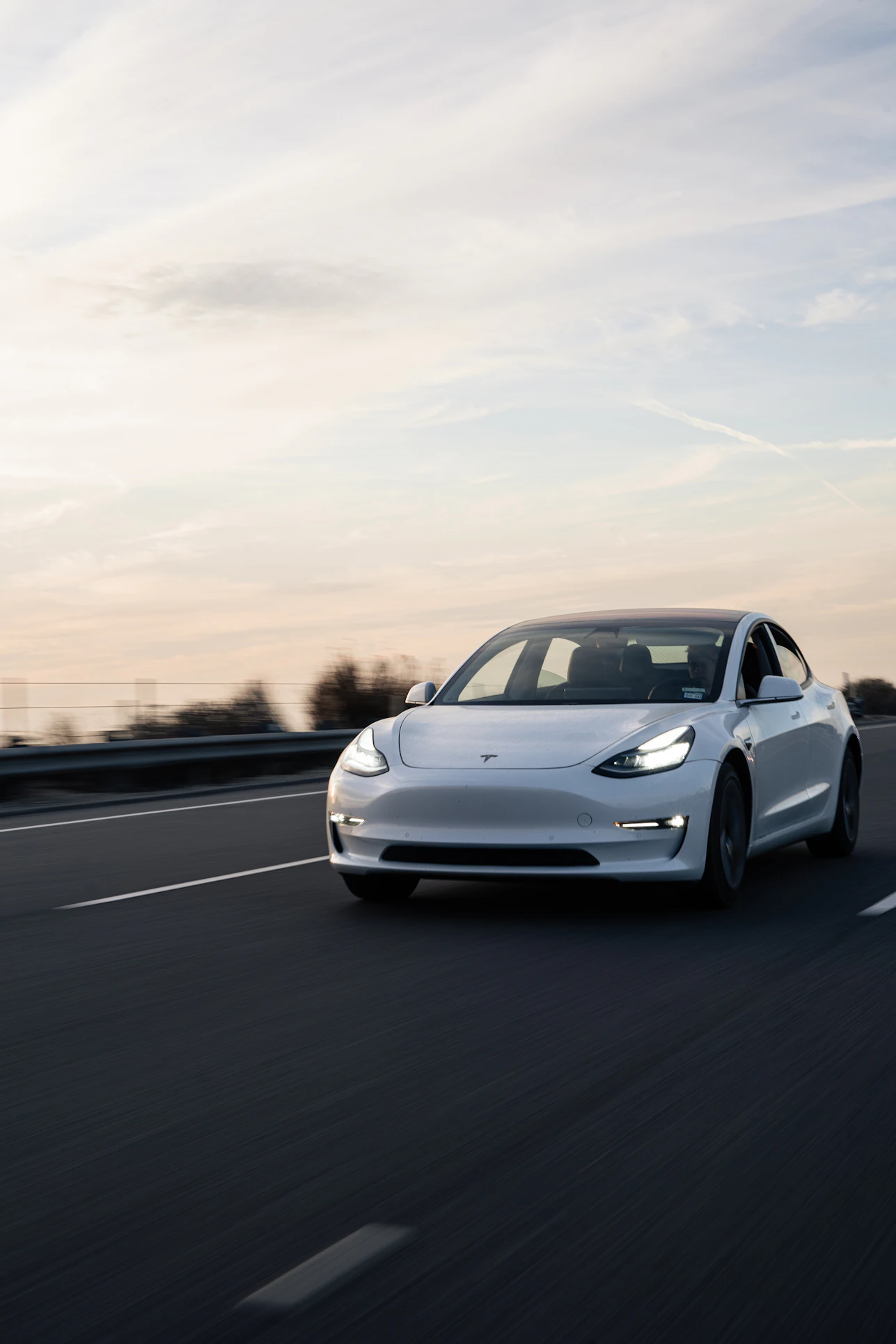
The growth of electric vehicle sales has slowed since last year, which can be attributed to its numerous weaknesses.
Despite the many advantages, there are also some disadvantages. A loud engine might be desirable depending on an individual’s interests. Additionally, adopting an EV might have a higher cost than a gasoline car. Installing an EV charger at home, replacing an electric car battery, and even insuring an EV can be quite expensive and add up over time.
“Although the total cost of ownership for an electric car is lower than a gasoline car, the purchase price for an electric vehicle in 2021 was about $10,000 higher than average for all cars. Ultimately, electric vehicle adoption will increase when the cost of purchasing and maintaining EVs is on par with gasoline cars,” Progressive stated.
The main reason some individuals are unable to switch from gas and purchase an electric vehicle is affordability issues. Most EVs are purchased on loans, with the average monthly payment being about $1,100 per month (according to Capital One), compared to about $774 in 2021.
High interest rates become a struggle when compared to gas cars, revealing a systematic gap. The interest rates of EV loans are 0.29% higher than non-EV loans, according to the LA Times.
One disadvantage many individuals complain about is that, unlike gas-powered vehicles, EVs have to be charged, which can take hours without a supercharger.
“What I do like better in a gas car is the time I saved, just pumping the gas for a few minutes and then being on my way. With my EV car I have to wait anywhere from 20 to 45 minutes to charge,” Isreal said.
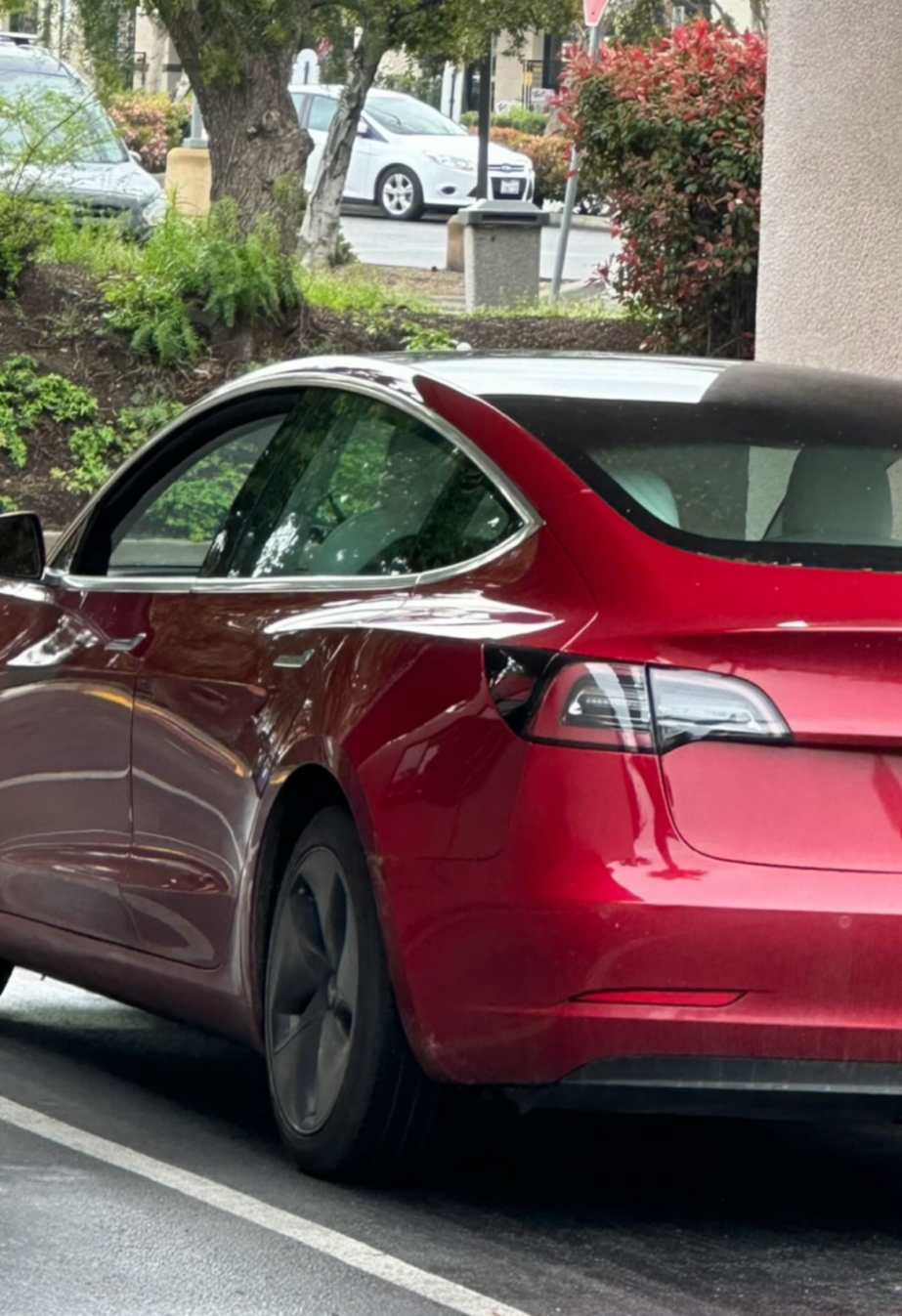
Another downside to EVs is battery degradation and replacement costs. As a battery ages, it loses its charging capacity, which means more time spent recharging and less time spent on the road. Weather can also heavily impact battery capabilities, with both hot and cold temperatures reducing EV range.
A study done by AAA on several EVs reveals that when temperatures drop to 20 degrees Fahrenheit, the average driving range of an EV decreases by a stark 41%. Because of the use of a heating system, as the driver most likely does not want to freeze to death, the battery is put under pressure and range suffers. Correspondingly, when temperatures rise to 95 degrees Fahrenheit and air conditioning is used, driving range is reduced by 17%.
Although cold temperatures impact range more than warmer ones, running or even parking an EV in excessive heat can cause permanent battery degradation, forcing a replacement battery sooner, which can put a dent in your bank account. The estimated cost to replace a Tesla Model 3 battery is around $16,000, including labor charges. Furthermore, the Model S and Y have similar costs of between $12,000 and $15,000, but with labor charges, it goes up to $22,000.
Based on the AAA research, it can be concluded that electric vehicles thrive in more moderate climates. FSimilar to Goldilocks, EV batteries don’t like too hot or too cold, but rather a just-right temperature for peak performance.

Traditional supercars use internal combustion engines, and racing cars usually use sequential transmissions, so going electric would ultimately be disappointing in these fields. Recently, NASCAR debuted its first EV race car, and second-generation driver David Ragan tested it at Martinsville Speedway during the offseason. However, NASCAR COO Steve O’Donnell stated that he doesn’t expect NASCAR to go racing with it, at least anytime soon.
“The EV has a lot more acceleration than the traditional NASCAR race car. The handling was very similar, but it slowed down quicker with the help of the regeneration in the braking system,” Ragan explained. “It was weird to drive with no engine noise. It took a little time to get used to not hearing the loud engine noise.”
Even though an electric motor’s acceleration is incredible, the idea of traditional race cars potentially becoming obsolete is alarming. The most critical issue when it comes to an all-electric race car is the lack of engine noise. In races, the noise is a huge entertainment factor that immediately turns heads, and could be extremely disappointing.
“I think the EV car is something that will be a working progress for many years to come. As the manufactures build and sell more EV cars, NASCAR will follow along with implementing the EV cars on the race track. [It] is something that we will see more of in the future… On the road and on the racetrack,” Ragan said.
Although an all-electric race car is not in NASCAR’s foreseeable future, the company has also been experimenting with hydrogen in an effort to go green without sacrificing entertainment value. They are aiming for a hybrid car that could use hydrogen alongside an internal combustion engine to generate an almost nonexistent carbon footprint.
“I think within five to ten years, I think hydrogen could be a real potential solution,” said David Wilson, president of Toyota Racing Development in the United States, according to Forbes.

Recently, Tesla released a Cybertruck in 2023, which has gone viral over social media as celebrities such as Justin Bieber and Kim Kardashian flaunt their new status ride. These celebrities have been spotted taking the truck to concerts, church, and downtown.
Social media plays a large role in EV adoption, as influencers continue to promote electric cars. Many of them use their platform to advocate for a more eco-friendly lifestyle, introducing their followers to the world of EVs. These influencers are instrumental in breaking down misconceptions and sharing personal stories, leading to increased electric vehicle adoption.
According to a research report done by Meta in 2022, there was a 238% rise in global English-language posts on Facebook about EVs during the COVID-19 pandemic. Since then, EV sales have risen substantially, as stated earlier.
Numerous companies and organizations use social media platforms to share news and successes related to EVs. These platforms allow users to share their experiences and thoughts about electric vehicles, which is instrumental in influencing others.
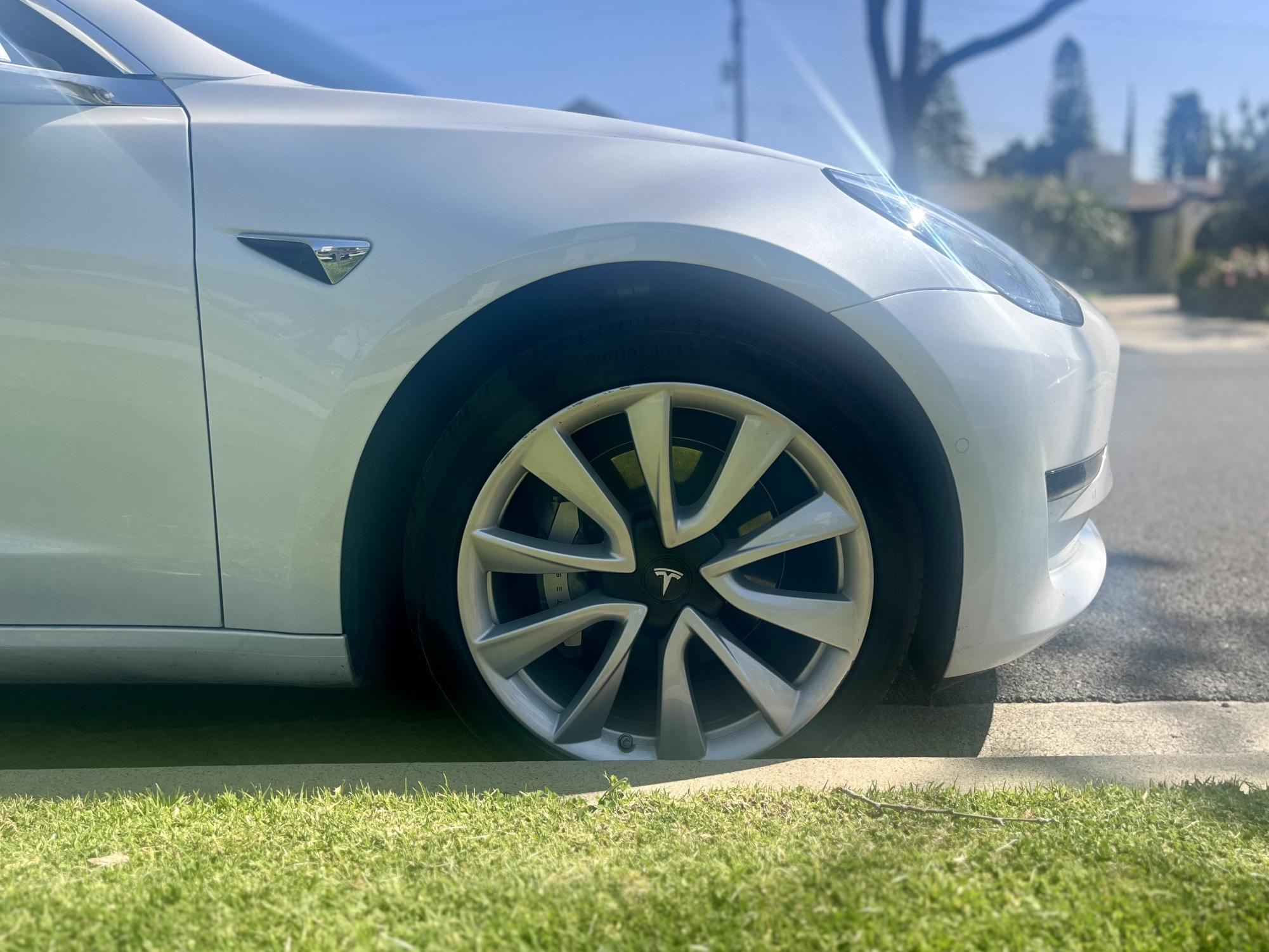
The electric car has had a long and storied history, but it is only recently that it has found a place in today’s changing world.
By 2035, the sale of new gasoline-powered passenger cars will be prohibited in many states (including California, New York, Oregon, Washington, and more), thanks to legislation or executive orders signed by governors. By 2050, the majority of passenger automobiles on the road might be electric if this materializes across the country.
The impact of electric cars is becoming more and more apparent, illustrated by the prospective switch by NASCAR from gas to battery-powered vehicles and the rising potential of environmentally friendly fuels in auto racing. The media is also vital in encouraging and accelerating the widespread adoption of electric cars. Considering its growing acceptance, electric vehicles are most likely headed for global dominance within the next few decades.
Your donation will support the student journalists of Los Alamitos High School. Your contribution will allow us to purchase equipment and cover our annual website hosting costs.





![It’s important to read [during the summer] because it gets you off screens and keeps your mind thinking about turning words into images. It helps with your imagination and depth of thinking, especially when learning concepts, said Henry Miller, a freshman.](https://lahsgriffingazette.com/wp-content/uploads/2024/05/unnamed-2-1200x900.jpg)









Victoria Troncoso • Apr 24, 2024 at 12:27 pm
This is a fantastic article, Olivia! I learned so much about Ev cars and I feel really informed, great research. And I can’t believe you got in contact with David Ragan!
Jasmine Lee • Apr 24, 2024 at 11:33 am
I’m so impressed by the depth and research of this article! Extremely well written and explained so clearly that it’s definitely your best article yet!
Katie Arnoult • Apr 23, 2024 at 4:37 pm
I absolutely love this article! I love the subheading too, “no more vroom-vroom!”